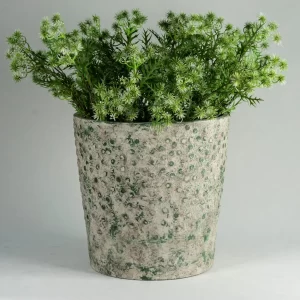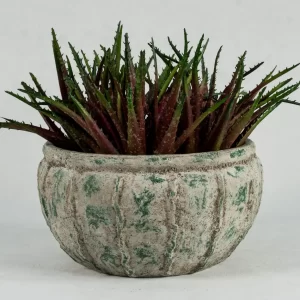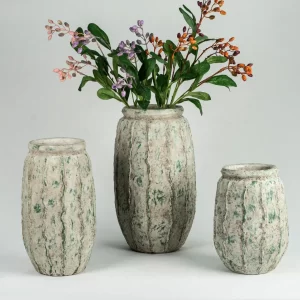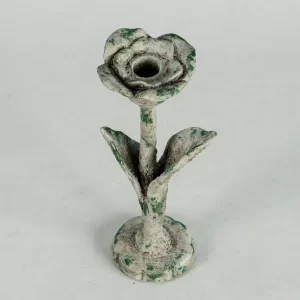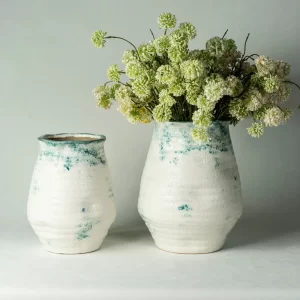В повседневной жизни мы часто путаем понятия "керамика" и "фарфор" и называем их "керамикой". Хотя у этих двух слов много общего, например, они оба обозначают изделия из обожженной глины, на самом деле между керамикой и фарфором есть существенные различия в материале, температуре обжига и некоторых физических свойствах. Многие люди не обращают особого внимания на эти различия. SANTAI, как профессиональный производитель керамикиСегодня мы подробно разберем их различия.
Разница в температурах обжига
Самое главное различие между керамикой и фарфором - это температура обжига. Керамику обычно обжигают при температуре от 800°C до 1200°C, в то время как фарфор необходимо обжигать при высокой температуре, превышающей 1200°C. Обычно температура обжига составляет от 1000°C до 1400°C. Из-за разной температуры обжига физические свойства керамики и фарфора также сильно отличаются.
Если температура обжига керамики слишком высока, она может расплавиться, превратившись в стекло, или в ней могут появиться пузырьки, и она потеряет свои первоначальные гончарные свойства. Поэтому температура обжига имеет решающее значение для отличия керамики от фарфора.
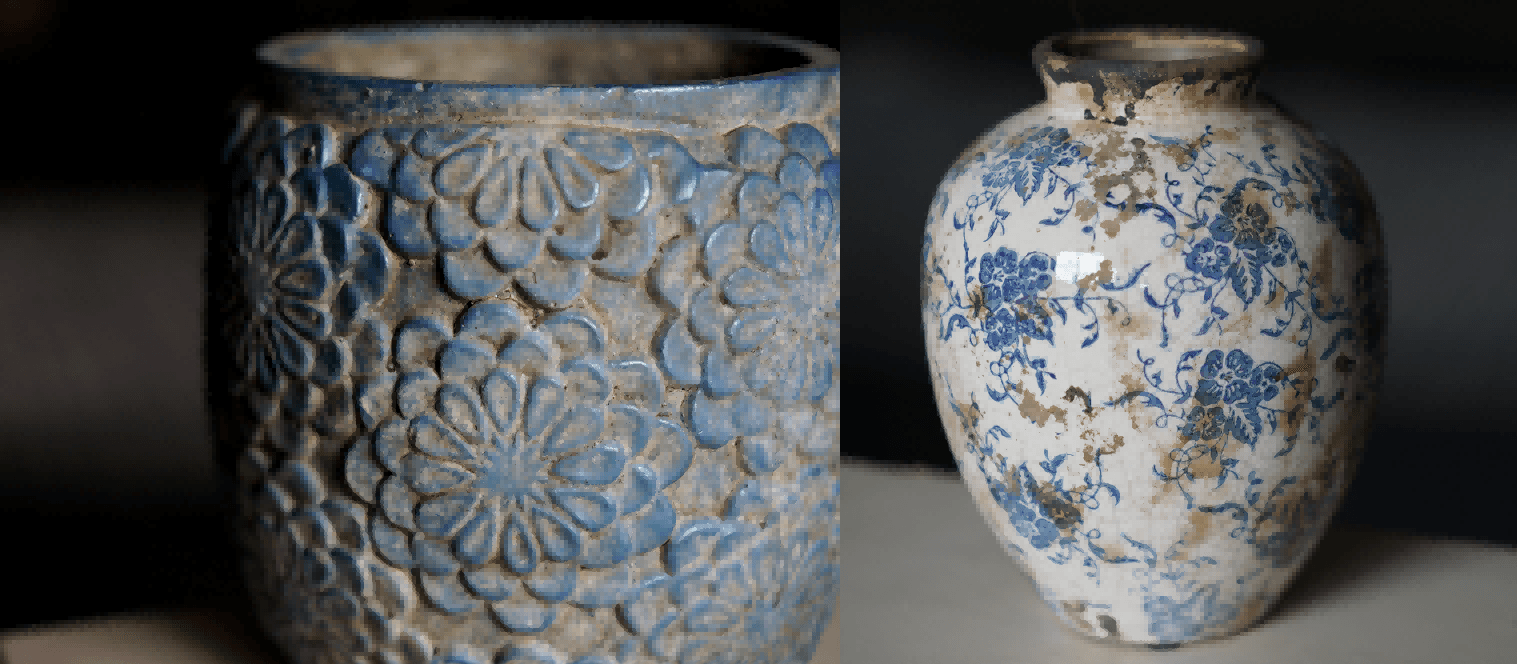
Разница в стоимости сырья и материалов
Выбор сырья для гончарных и фарфоровых изделий также отличается. В гончарном деле обычно используются различные минеральные глины, в том числе фарфоровая глина, и состав этого сырья сложен и разнообразен. Глины в разных регионах также отличаются друг от друга, например, глина в Исине, Китай, и глина в Цзяньшуй, Китай. Каждый грунт имеет уникальные характеристики и цвета в зависимости от происхождения.
Сырьем для фарфора в основном служит каолин, состоящий из глинистых минералов семейства каолинитов. Он имеет тонкую текстуру и обычно белый цвет, поэтому фарфор часто имеет белый и гладкий вид. Каолин устойчив к высоким температурам, что позволяет фарфору выдерживать температуру обжига свыше 1200°C.
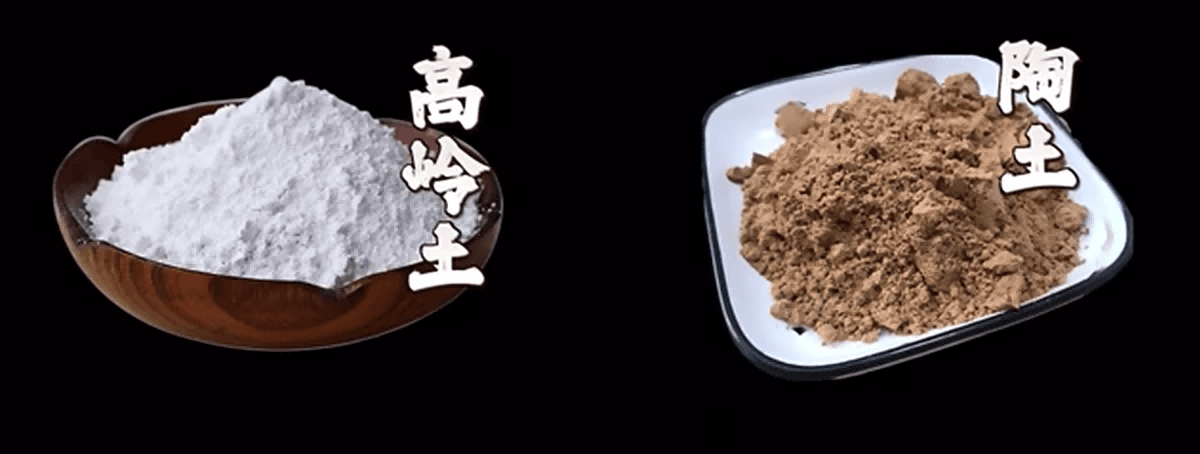
Легко узнаваемые черты
Из-за различий в температурах обжига и сырьевых материалах фаянс и фарфор отличаются и по некоторым существенным характеристикам. Вот три общих отличия, которые помогут нам легко отличить керамику от фарфора в повседневной жизни:
Разница в твердости
Температура обжига керамики низкая, а тело не полностью спекается, поэтому твердость относительно низкая. Аккуратное проведение хозяйственным ножом по поверхности керамики обычно оставляет царапину. Фарфор имеет более высокую твердость и твердую поверхность, и, как правило, его нелегко поцарапать. Фарфор издает четкий звук при ударе, в то время как керамика издает более тусклый звук.
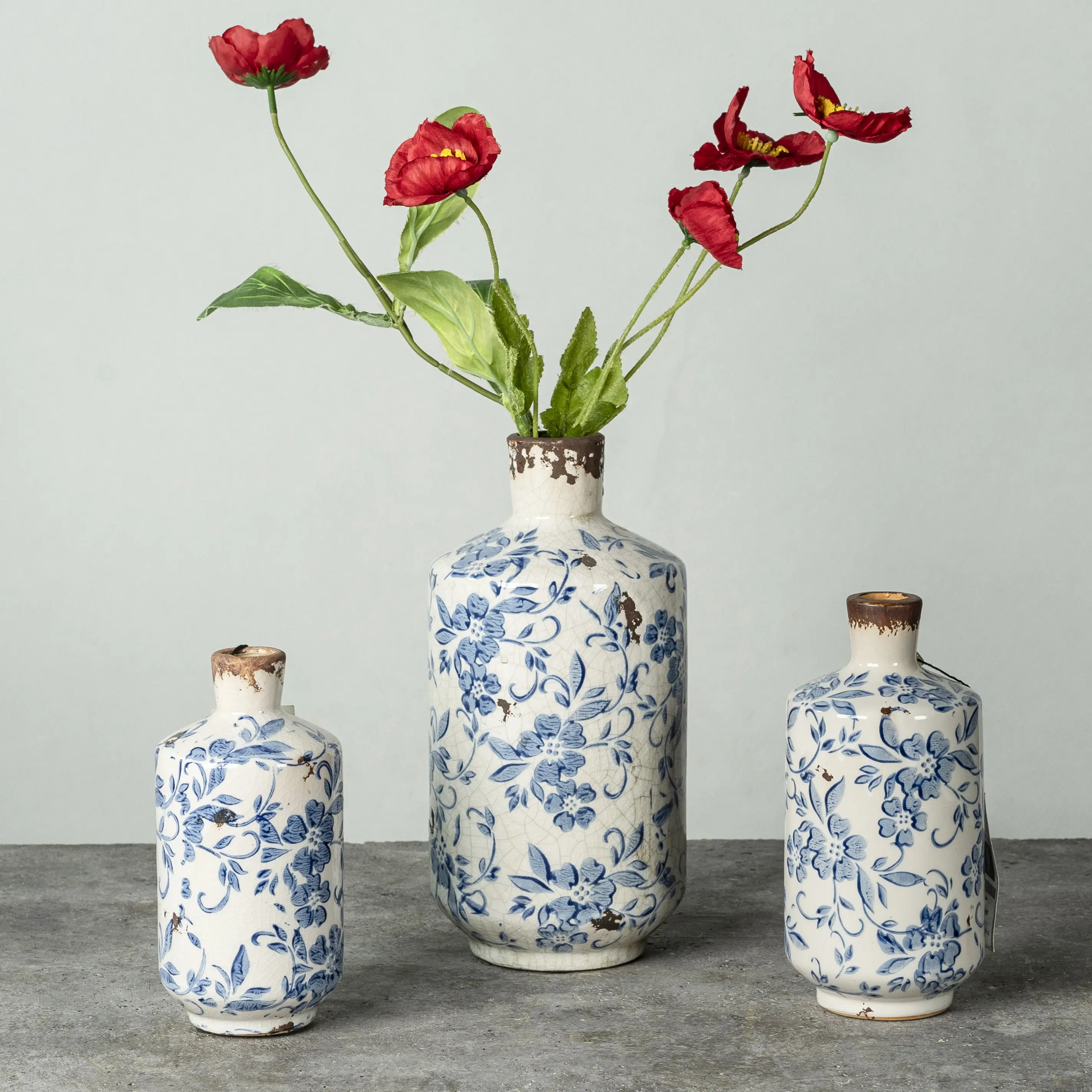
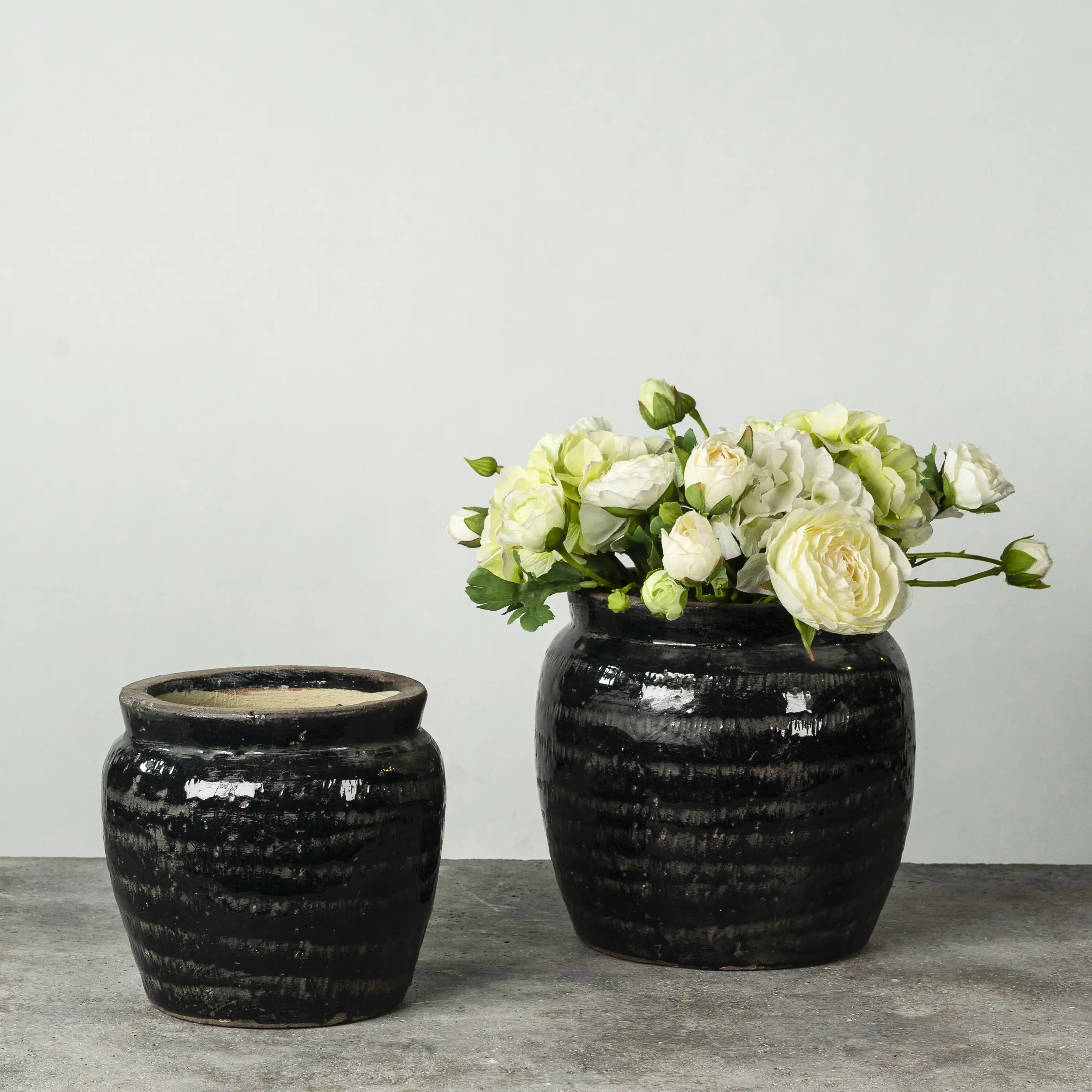
Разница в прозрачности
Керамика, как правило, непрозрачна. Даже если ее обжигают до толщины, близкой к фарфоровой, она все равно остается непрозрачной из-за особенностей сырья. Напротив, фарфор обычно обладает определенной степенью светопропускания, особенно тонкий фарфор, и вы даже можете видеть свет, проходящий через его поверхность.
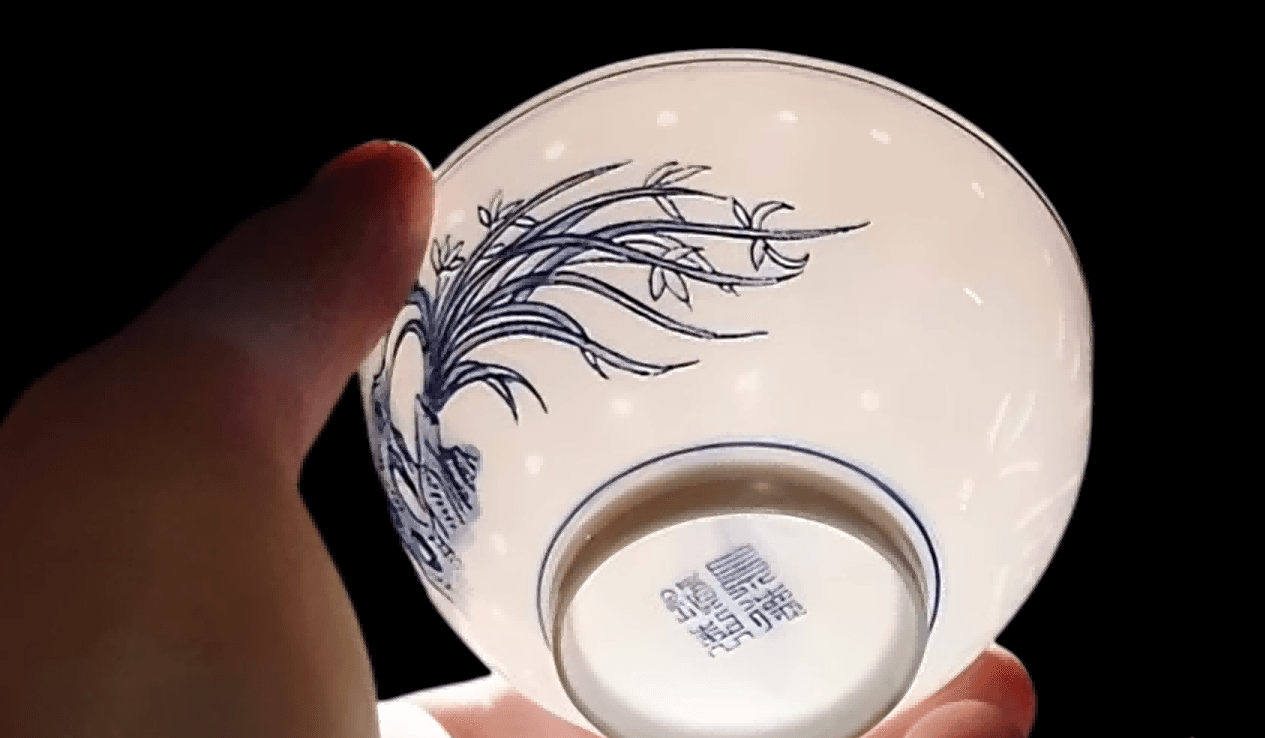
Различия в водопоглощении
Керамика обладает сильным водопоглощением, обычно показатель водопоглощения превышает 3%. Если разбить керамический предмет, то можно обнаружить, что в его поперечном сечении имеются отверстия, что придает ему пористую структуру. Водопоглощение фарфора крайне низкое, и показатель водопоглощения обычно не превышает 3%. Даже если фарфор разбит, его поперечное сечение будет относительно плотным и почти без отверстий.
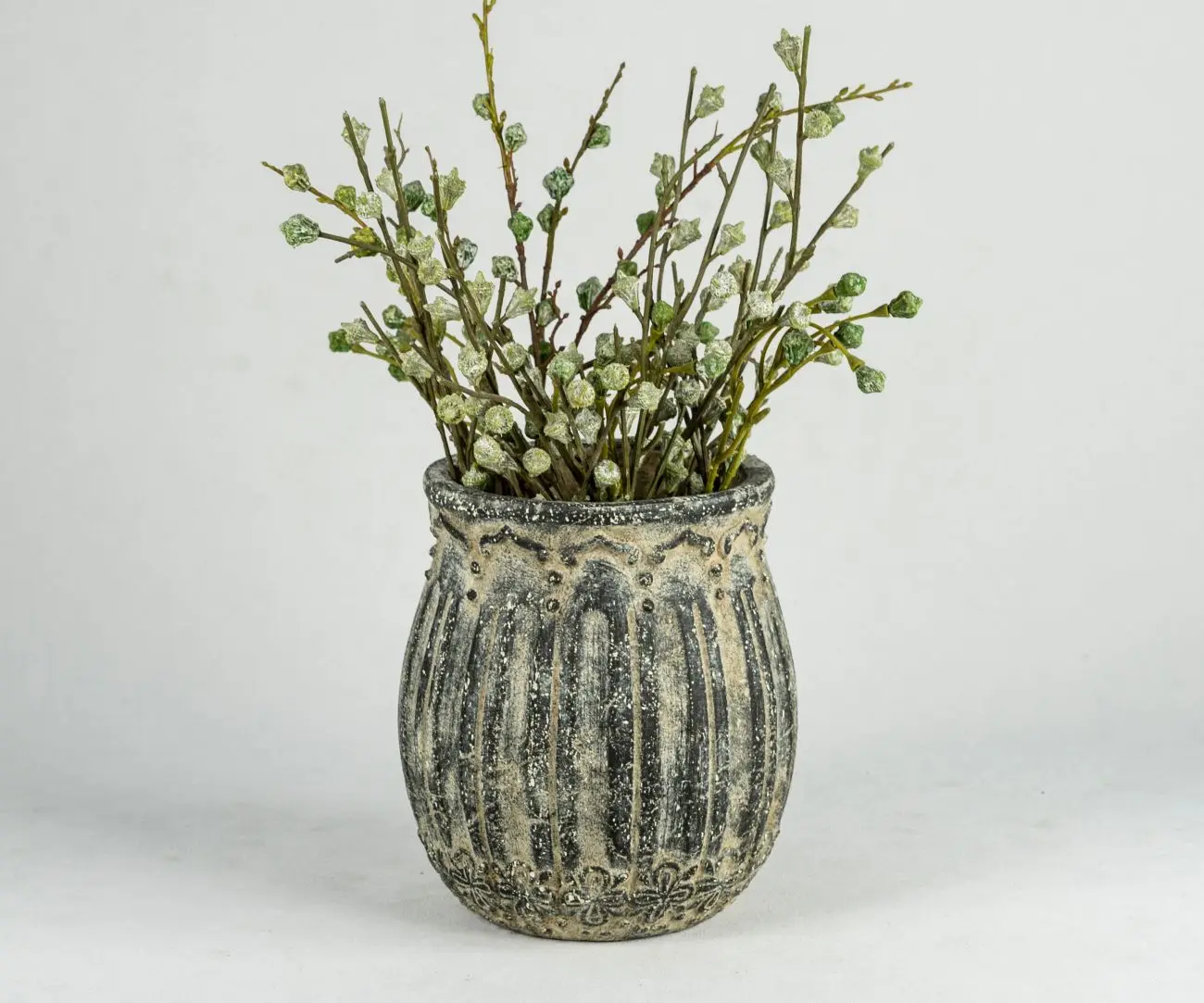
Заключение
С помощью вышеупомянутых простых методов идентификации мы можем легко отличить керамику от фарфора. Хотя в повседневной жизни их часто называют "керамикой", на самом деле они существенно различаются по материалу, температуре обжига и физическим свойствам. Выбираем ли мы предметы домашнего обихода или ценим керамическое искусство, понимание этих различий поможет нам более профессионально определять различные типы керамических изделий. Надеюсь, эта статья поможет вам лучше понять разницу между керамикой и фарфором.

